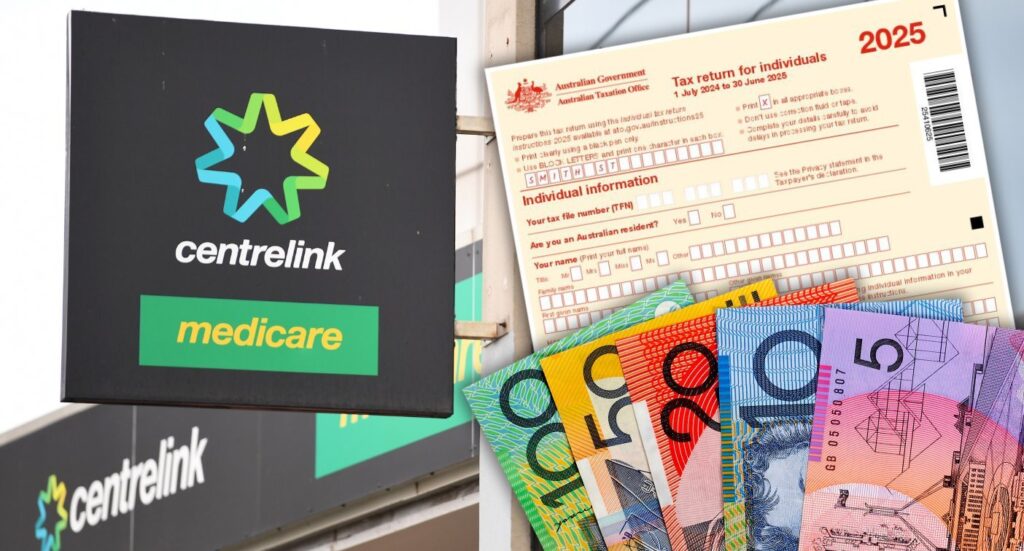Thousands of Centrelink Customers Entitled to Refunds After Unwittingly Overpaying Debts by THOUSANDS of Dollars
- Over 40,000 cases of overpayment identified, with refunds still outstanding
- Amounts owed range from under $50 to over $5000, with 2% of cases involving refunds of $5000 or more
- Advocates slam Centrelink’s system, saying it fails vulnerable Australians and lacks transparency
In a bombshell revelation, tens of thousands of Australians are owed refunds after unknowingly overpaying their Centrelink debts. Services Australia has confirmed it is investigating more than 40,000 cases where customers paid more than they owed, with refunds still outstanding.
A spokesperson for Services Australia revealed that 50% of the potentially owed refunds are less than $50, 80% are less than $500, and a staggering 2% are for $5000 or more. Despite the agency’s efforts to process hundreds of thousands of refunds every year, “in some instances, the correct process to issue the refund didn’t occur and a refund may still be owing to the customer.”
The overpayments often occur when customers forget to cancel automatic payments like BPAY, which can only be stopped by the customer, or when debts are later reduced following a review. In some cases, large overpayments arise when people lodge several years of tax returns at once, resulting in Family Tax Benefit debts being reduced.
Kate Allingham, CEO of Economic Justice Australia, slammed the system, saying it fails vulnerable Australians and lacks transparency. “This is difficult as currently there is no easy way to see how much your Centrelink debt is, how much has been paid and how much is still owing,” she said. “Centrelink does not provide any type of regular statement, and unlike most other debts, you can’t just log on and check.”

“The system itself is failing vulnerable Australians,” Allingham added. “It seems that the social security system is now so complex that the government is struggling to administer it lawfully and effectively. There are several remediation processes happening concurrently in social security due to unlawful decisions and defective administration.”
Impacted customers will be contacted from late October 2025 via phone or letter, with refunds issued directly. However, advocates argue that the onus should be on the government to fix the problem, not the individuals who have been put in a vulnerable position due to administrative errors.

